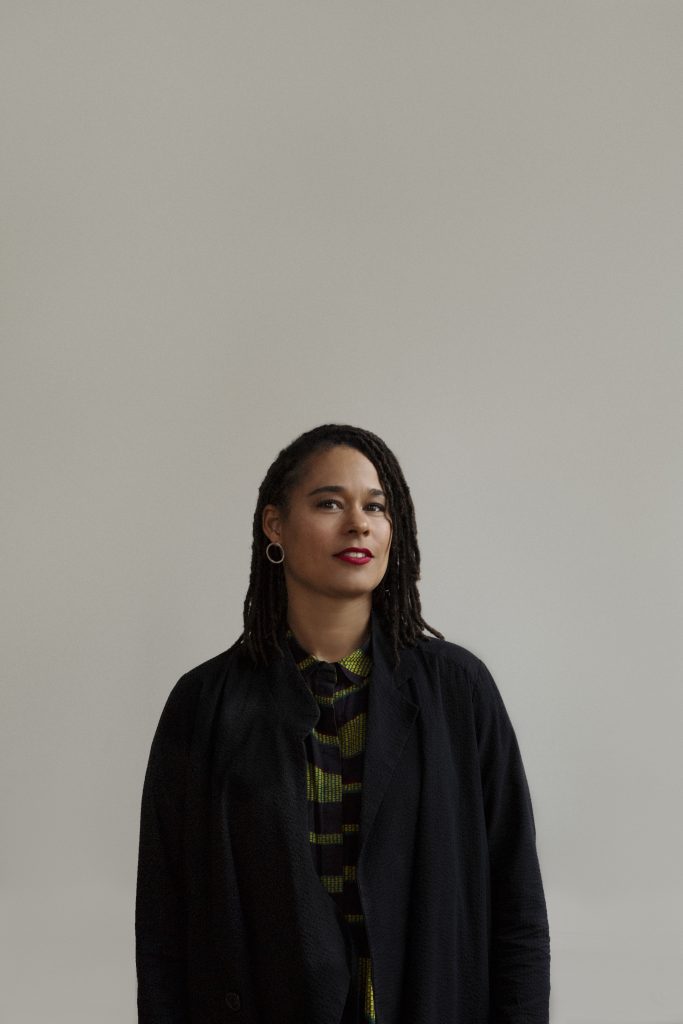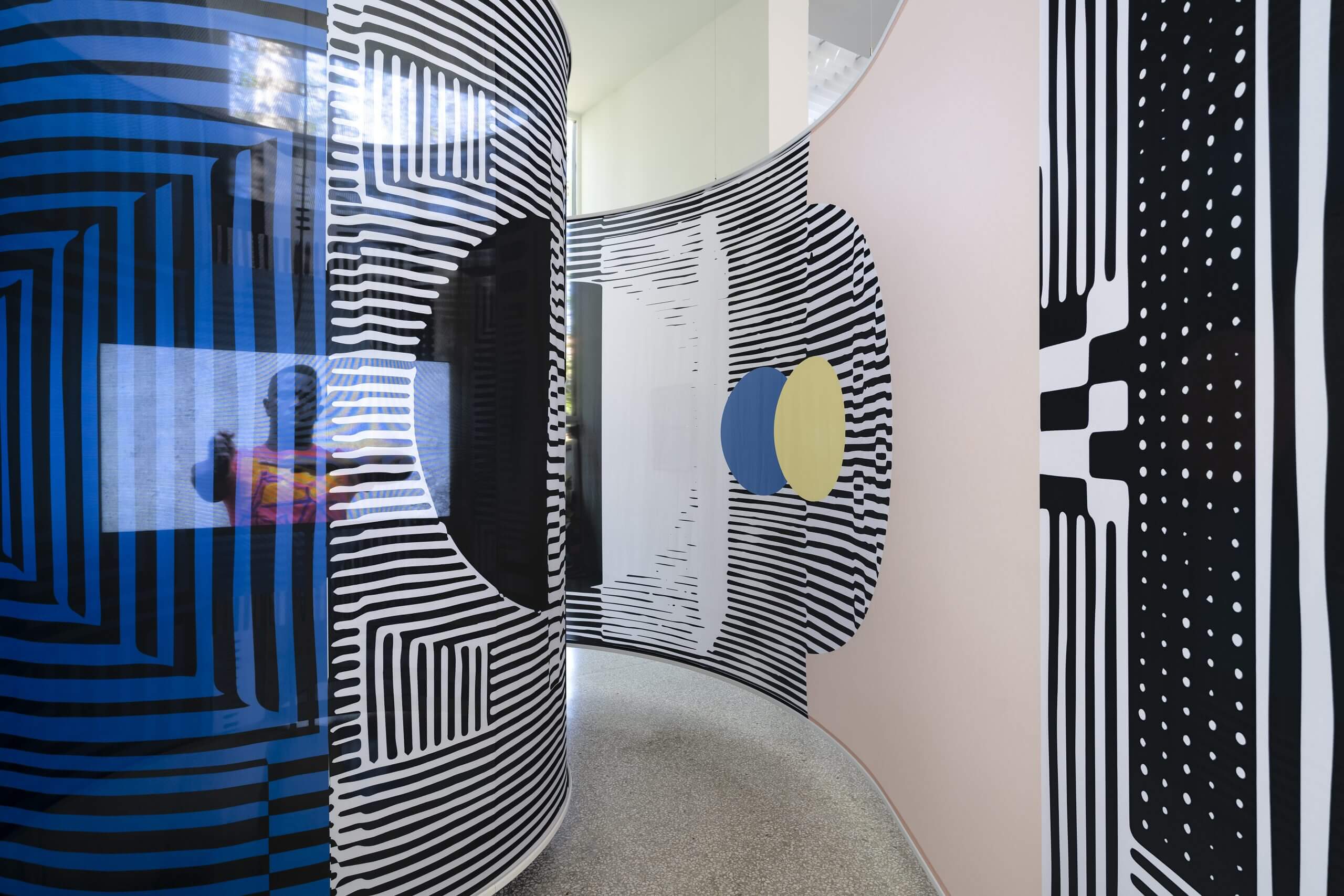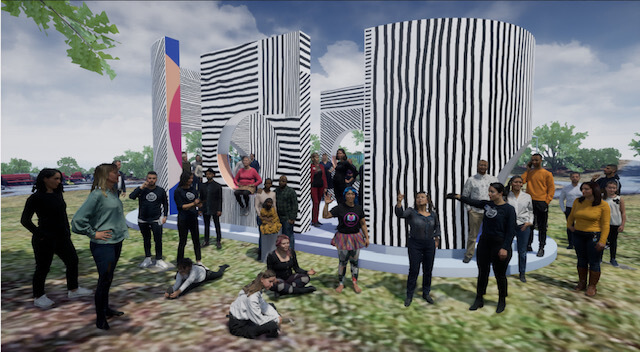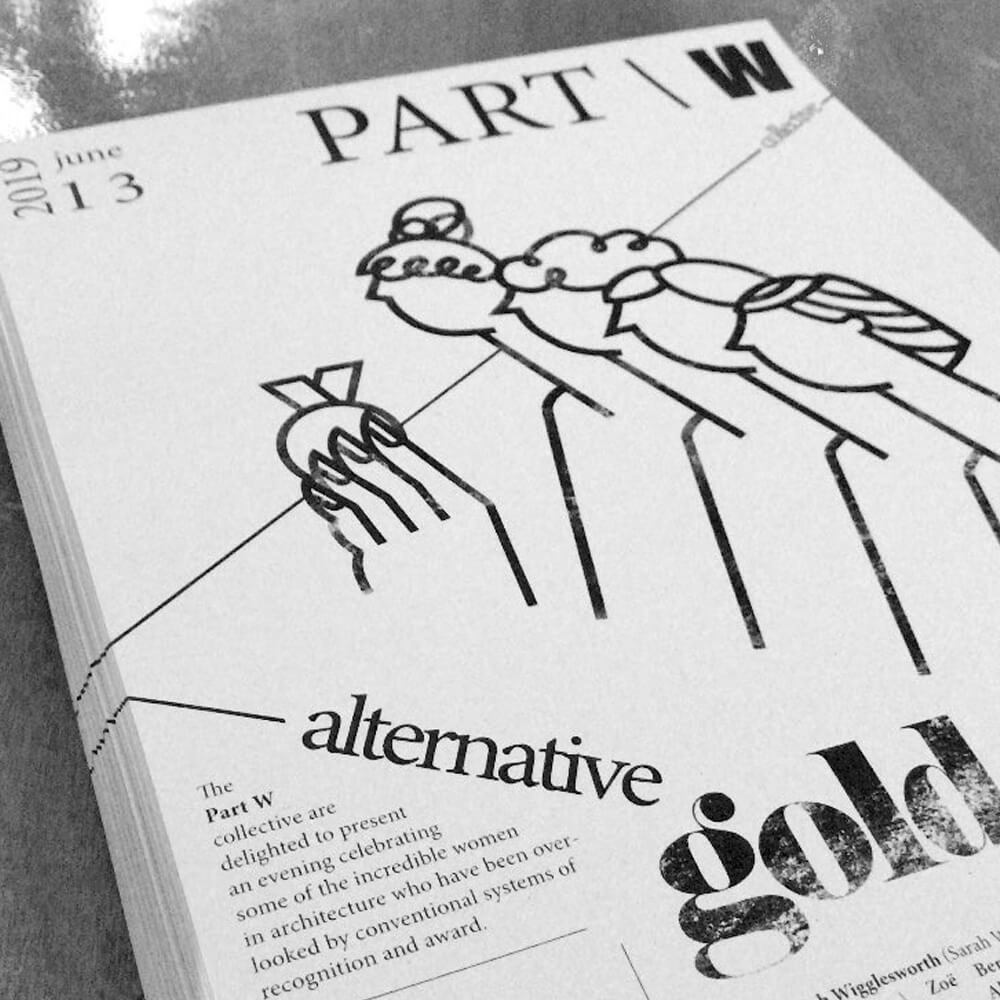FRONTRUNNER Meets Architect Afaina de Jong

Based in Amsterdam, architect and researcher Afaina de Jong engages and accommodates our collective differences in her projects. After working at internationally-renowned firms in Tokyo and Rotterdam, de Jong founded AFARAI, her own Amsterdam-based studio in 2005. AFARAI has worked on art exhibitions, pavilions, and other public spaces all of which are heavily influenced by 80s counterculture movements, lived by an adolescent de Jong. In her current work, de Jong strives to change urban systems to suit the needs of marginalized and non-traditional groups.
Alongside her own practice, de Jong is an educator who has lectured at Columbia University, Rhode Island School of Design (RISD) and KTH (Stockholm). She is the incoming head of the Contextual Design MA department at Design Academy Eindhoven, and an active educator at TU Delft and The Sandberg Institute.
FRONTRUNNER speaks to Afaina de Jong about being an adolescent in Amsterdam, counterculture, and why we need to dismantle the idea of the universal user.

Concept and design by Afaina de Jong and InnaVisions
Who is We? Dutch Pavilion at the 17th International Architecture Exhibition
La Biennale di Venezia
Photo credit: Cristiano Corte
How did you get into architecture?
My dad was an architect, so I grew up around architects and architecture. I was always joining him in the studio; he was also teaching, so I would go in and make models as a kid. It was a very natural thing. That’s how it started. Then I went to architecture school. I actually tried not to become an architect after I graduated: it was a time where a lot was being built, when Dutch architecture was becoming really hot. It didn’t make sense to make more buildings, even though I loved the opening-up of the field. I was very interested in the city, but I wasn’t sure if making buildings was the way to engage with how the city developed. So I went to Tokyo and worked at a think tank. My Japanese was very colloquial. I couldn’t really do research through reading, so I just had to go out onto the street. This, in a way, is how my way of research started: through looking, documenting, and talking to people. When I got back, I started working at a think tank in Rotterdam. Everyone was young, and we were all architects, but we all wanted to do something on the boundaries of architecture. That was very nice, but I also have my own tempo and pace. I felt like those brutal work hours weren’t really my thing. Creativity doesn’t work for me like that, when I have to work 24 hours a day, 7 days a week. I was like, “I’m young, I’m 27, I can take a chance and just see what happens if I start working independently.” That’s what I did, and now 16 years later, it’s been great!
Tell me about the architectural scene in Amsterdam. What’s it like having your studio there?
It’s great! Amsterdam is a small city – actually, compared to most big cities in the world, it’s like a little village. It’s super easy to get around. I do everything on my bicycle. I live in the centre, just off the canals, and my studio is a five-minute walk. The Netherlands, in general, has a very active architecture scene. There is a lot of space to experiment, lots of avenues to explore; you don’t have to work for a developer or municipality, you can fund your own projects or do collaborations. The Dutch architecture scene is also very international. A lot of people come here to work or study. It’s very vibrant.
Where do you find inspiration for your projects?
In architecture school, I decided I didn’t want to look at magazines or other peoples’ work. I think a lot of my inspiration comes from music, friends and underground culture. I take a lot of inspiration from working with Inna Vision, one of my long-time collaborators. I think we have a really good vibe together. We’re both really based in music and fashion. I try to take these cultures into the spaces I create and the work that I do, because I always felt that within architecture, our references only come from architecture – as in, we’re looking inwards a lot. I like to take my inspirations from outwards, from many different disciplines.
Can you tell me more about these countercultures, and how you represent non-traditional movements?
I think [countercultures] change and mature over time. I grew up in a time where there was a lot of squatting going on. In squats, there were a lot of artists living there. Some of those squats still remain, but over the last ten years, it’s become illegal to squat in Amsterdam, and I think that’s been a big blow to creativity in this city. I grew up with hip-hop culture, which has evolved here – as it has all over the world – into a serious movement. There’s lots of really big streetwear brands coming out of Amsterdam, which have since gone global, and that’s a very close knit scene. Because I was part of these movements, and also because Amsterdam has always been a queer friendly city, I’m standing with two feet within these realities.
When I design, I feel like I’m designing for people from these movements. I feel like I’m part of these cultures, so I hope I can translate the vibrancy I see and give it some value. I think architects are trained to design for this nondescript, universal person (usually a middle-class heterosexual family), but that isn’t my reality. I hope to bring these non-traditional lifestyles and complex identities to the table, and figure out ways to represent that within architecture.

Concept and design by Afaina de Jong and Innavisions for Grafikenshus, Sweden
Photo credit: Jens Evaldsson
How does your Multiplicity of Other project exemplify these motifs?
The Multiplicity of Other is now in Venice, and consists of different parts. Really, it started with the main project – Space of Other – which is in the middle of the Dutch pavilion. It’s a huge installation I designed together with Inna Visions. It started as a performance space. We wanted to invite all these different artists, dancers, actors, performers, everyone into this space to explore how if we take different information, values and practices as a starting point. What would the city look like? Multiplicity of Other is something we first did as a pilot in Lisbon two years ago. Now in Venice, it’s this huge installation. It’s also different from the Dutch Pavilion, which is concrete, and has this white cube. The Multiplicity of Other is superfluid, soft, and you can see all the people moving through the space. Within these spaces, we have two video installations (as we can’t host live events). One is a performance called PRETA by Gio Lourenco: it’s a story about how he grew up on the outskirts of Lisbon. In the other space, there’s three video screens which I invited 9 people to explore this idea about the multiplicity of other and of doing architecture, otherwise. Space of Other is more like a research platform, but The Multiplicity of Other also has a manifesto, a glossary. The manifesto – created together with the Claiming Spaces collective at TU Vienna – is called “The Claiming Spaces Queer Glossary”, because I feel like a lot of words are not defined [well] in architecture. Like “accessibility”, what does this even mean? Accessible to who? We redefined a lot of these words so we actually know what they mean, and how we can use them.
Lastly, what’s on the horizon for you and your studio?
Venice is a huge step, of course. It’s very strange because that space comes from all those places I was talking about. From my background. To see it in the really architectural setting of the Dutch Pavilion at the Venice Biennale felt super strange. I felt like it looked like a spaceship-UFO had landed! But besides that, I’m building a pavilion in Stockholm for this museum with Inna Visions. I also just completed an exhibition, Slavery, at the Rijksmuseum, which I think is coming to the States next year. I’m working on some exhibitions. I’m designing this other buildings in Amsterdam on the north shore. But yeah, I’ve been like, “Bring it on!” Now, honestly, I just want to go on vacation!









Responses